If you want to age well, you will need a body that can allow you to do the things you want to do… the activities and experiences that you have planned to enjoy! This article will explain why knowing how fit you should be for your age is important; and how this can help you prepare for an active future!
Planning, or forecasting your fitness and strength is just as critical as planning your financial and superannuation position. Good planning and implementation will ensure you can retire comfortably! In fact, we often talk about “fitness superannuation” with our clients when helping them do some fitness forecasting into their future.
So, do you know how much you have in your health bank right now? And do you know how much you should have at your retirement age to ensure you have enough to allow you the life you want to live in in the future?
Ample research in the exercise science field provides us with (aerobic) fitness and strength norms from numerous large studies from around the world. These studies give us the average fitness and strength levels across age brackets for men and women. This information allows us to benchmark your current fitness and strength, and importantly, predict where they will be in coming years.
EFFECT OF INCREASING FITNESS vs Activity
You are likely to have been advised by your health professional to introduce physical activity in your life… that you should get out for a walk or two during the week.
The graph below shows us two critical things about this advice. First is the obvious difference in protective effect of general physical ‘activity’ vs the actual ‘fitness’ derived from your activity.
I’m guessing you are busy, and ‘exercise time’ is hard to schedule. So the last thing we want is for you to not get the best possible return on your time investment!
These data represented in the graph below show the multiplied protective effect that increasing your ‘fitness’ has on your health compared to just ‘being active’. While your low level general incidental activity is important, having a focused and safe approach to improving your fitness will reap huge returns on your investment.
Of course this begs the question: if I need to increase my fitness, how do I know how fit I actually am? and further, then, how do I know how fit I should be for my age? we’ll get to this in just one minute, after we look at another key component of your fitness superannuation… your strength!
Estimated relative risk of cardiovascular disease by fitness and physical activity. Williams, PT (2001) MSSE 33:754-761.
EFFECT OF INCREASING STRENGTH
Your strength is also a very powerful predictor of healthy ageing. While there is a natural decline as we get older, if we maintain our strength we’re better able to perform everyday activities. In fact, that decline is not set in stone! Our training can significantly affect our strength and muscle mass as we age.
Things like easily getting up out of chairs, carrying the groceries and being able to lift the grandkids all require strength. Therefore maintaining as much strength as possible as we get older helps us live the latter years to its fullest.
You can read more about building strength for your retirement in this recent blog article.
How do you know how fit you should be for your age? benchmarking your fitness and strength
Your strength and fitness can both be measured with a series of simple tests, conducted in a short 45min session. This is done in one of our clinics by one of our qualified exercise scientists or physiologists. We can then inform you about your current fitness and strength so you know how much you currently have ‘in the bank’ and help you plan your future training to make sure you are investing appropriately for your future!
Fitness Forecasting for your future health!
As you can see in the diagram below, our Fitness Forecaster maps your current strength and fitness level against population norms. The lines in the graph show us the percentiles of combined fitness and strength across the years. The solid line is the fiftieth percentile (50%ile), or the average value in fitness and strength at any age. The thicker dashed lines shows us the 25%ile (Bottom quarter – the lower line), and the 75%ile (top quarter – higher line). The high, dotted line, shows us the 90%ile, or the top 10% in the population for any given age, while the low dotted line, shows us the 10%ile, or the bottom 10% in the population for any given age.
The lines also show us the trend in fitness and strength as we age. This allows us to predict your levels into the future, so we can minimise nasty surprises down the track.
But most importantly, this process will allow us to give you guidance to ensure the best possible outcome for you.

Ideally we like to see our clients in the “green zone” for as long as possible. The green zone depicts levels of physical capacity (aerobic fitness and strength) where our bodies can easily handle the demands of our activities of daily living.
In contrast, we focus on keeping our clients out of the red zone (orange in this graph!). Research shows us that levels of fitness and strength in this area are considered to result in decreased capacitites to live life independently.
So ther higher the levels of fitness we can achieve for our age, and maintain over time, the longer we will stay out of that zone. A financial parallel would be to think of it as staying above the ‘poverty line’.
So find out how fit you should be to build your best ‘health wealth’!!
I’ll leave the actual financial planning for retirment side of things to experts in that area. But when it comes to forecasting your fitness and strength to ensure you can make the most of your retirement, we can definitely help!
The studies mentioned earlier can give us a clear picture of your current fitness and strength ‘wealth’. Once we know your baseline, we can help you plan the best strategies going forward to ensure safe and effective improvements.
Both Cardiorespiratory Fitness and Strength can be increased in interventions as short as six weeks. So if you are not where you want to be, with a little work you can shift yourself up the age curves!
So how much should you be ‘investing’ into your retirement?
Physical Activity and Strength training guidelines provided by both the World Health Organisation and the Australian Department of Health clearly show us that we should be doing two strength sessions a week.
This amount of strength training will ensure that your body doesn’t let you down when wanting to enjoy your retirement. However, it is important to plan progressions to this amount of training well and safely! This is where we come in.
Our role could involve helping you with gym programs; making sure you are using good technique and working at the right intensities to get the most value out of your time; and ensure that things progress at the right pace to make sure it’s safe and ‘injury proof’!
In addition, these guidelines recommend 150-300 minutes of physical activity per week. The actual amount depends on the intensity of your activities, and how much time you spend being sedentary.
So if you want to improve your aerobic fitness, you don’t necessarily need to exercise more, but you might need to exercise at higher intensities. Spending 2-3 sessions per week working at intensities that make you huff and puff and out of breath is one of the best ways to do this. These sessions do not need to be long, they can be done in short bursts during an exercise session of 20-30 minutes. Speak to your Exercise Physiologist about how you can best incorporate this into your training regime.
What can we do to help?
To keep you on the right path, and out of the ‘red zone’ we can provide regular (every 6-12months) testing to make sure things continue to progress in the right direction for you. Think of it as obtaining a report on your superannuation funds balance… with the benefit that this wealth – your fitness wealth – is not affected by global markets. But rather by the planning and implementation that you and us put together!!
Click the button below to find out how fit you should be for your age, to learn more about our Fitness Forecaster or to book in.





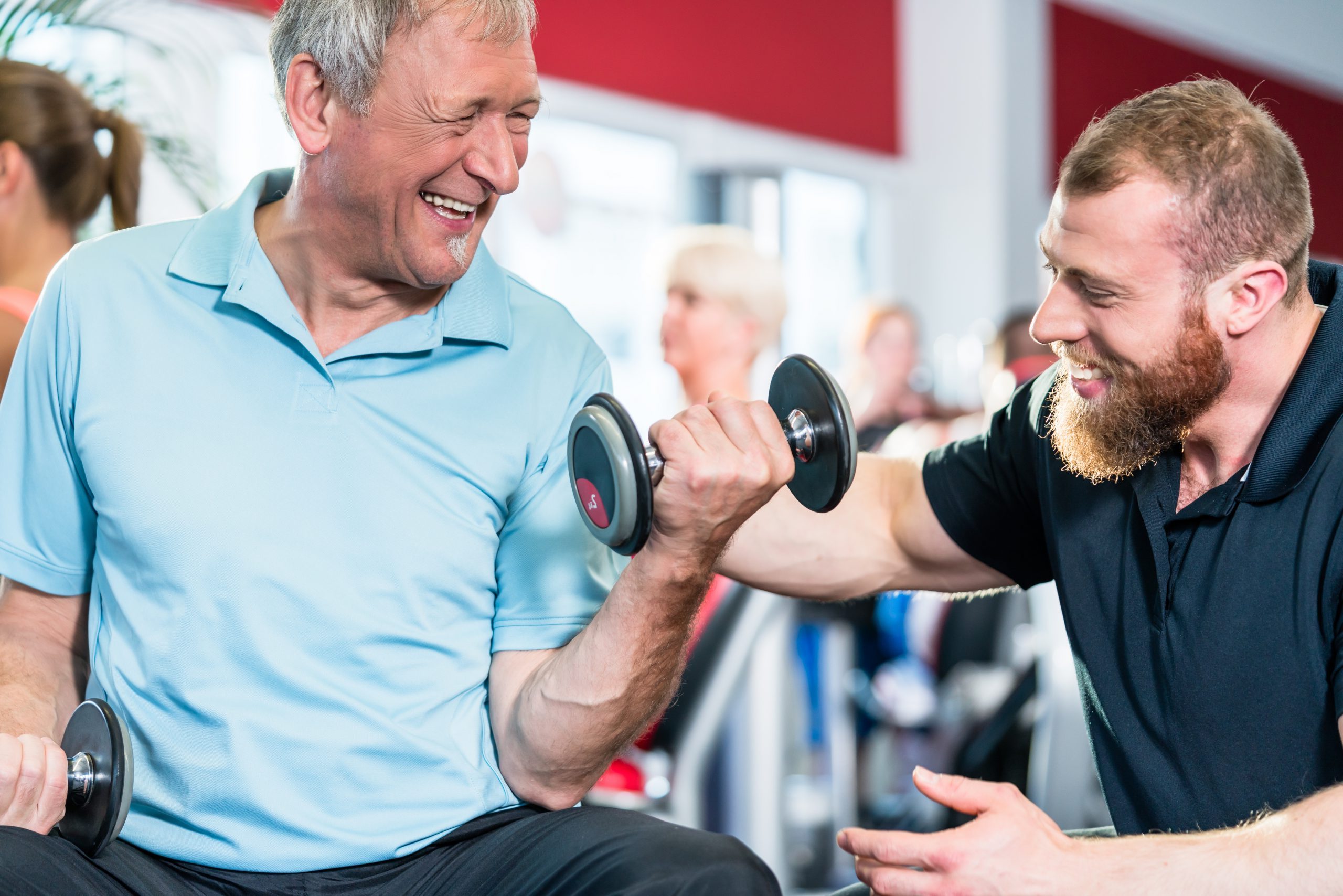
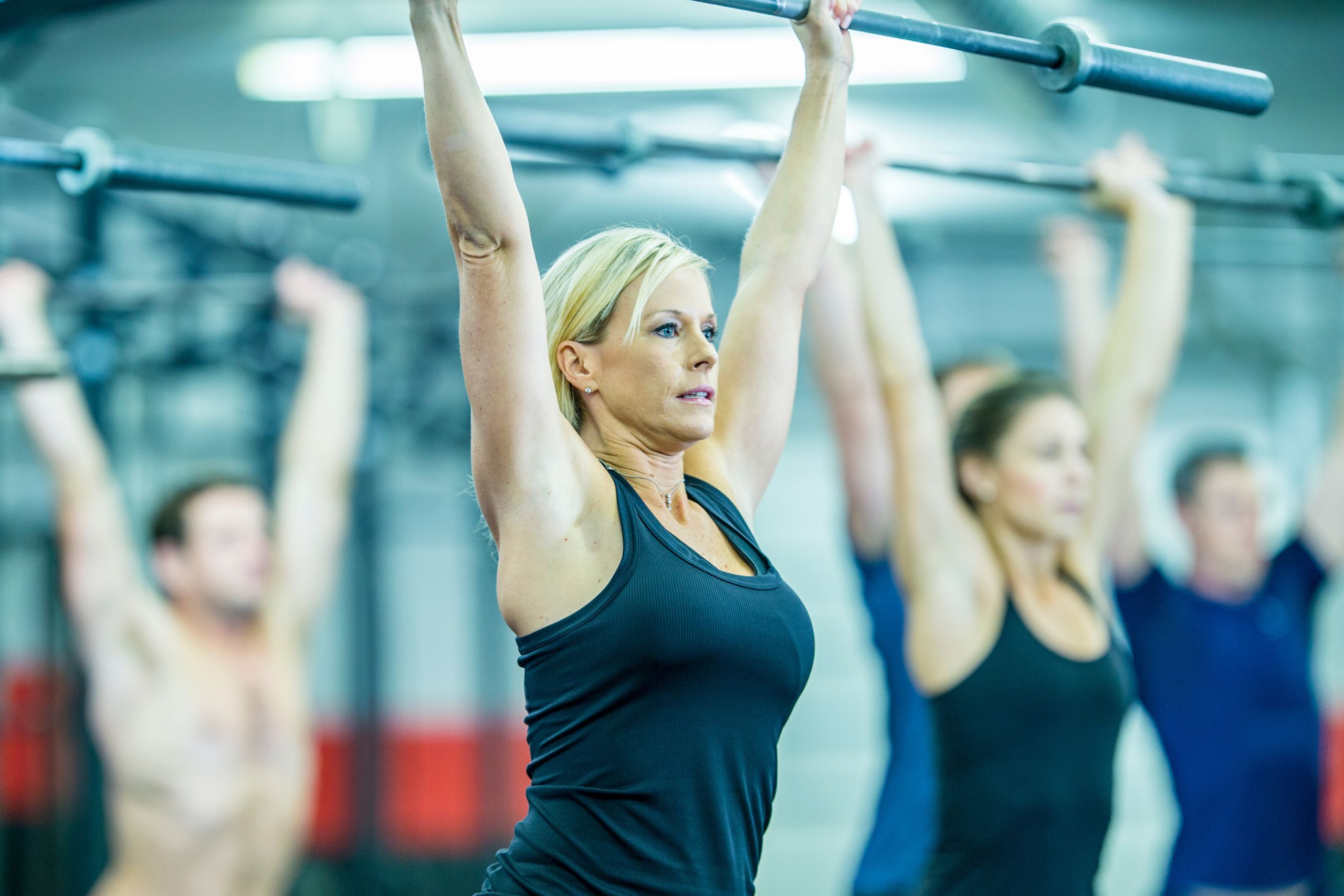


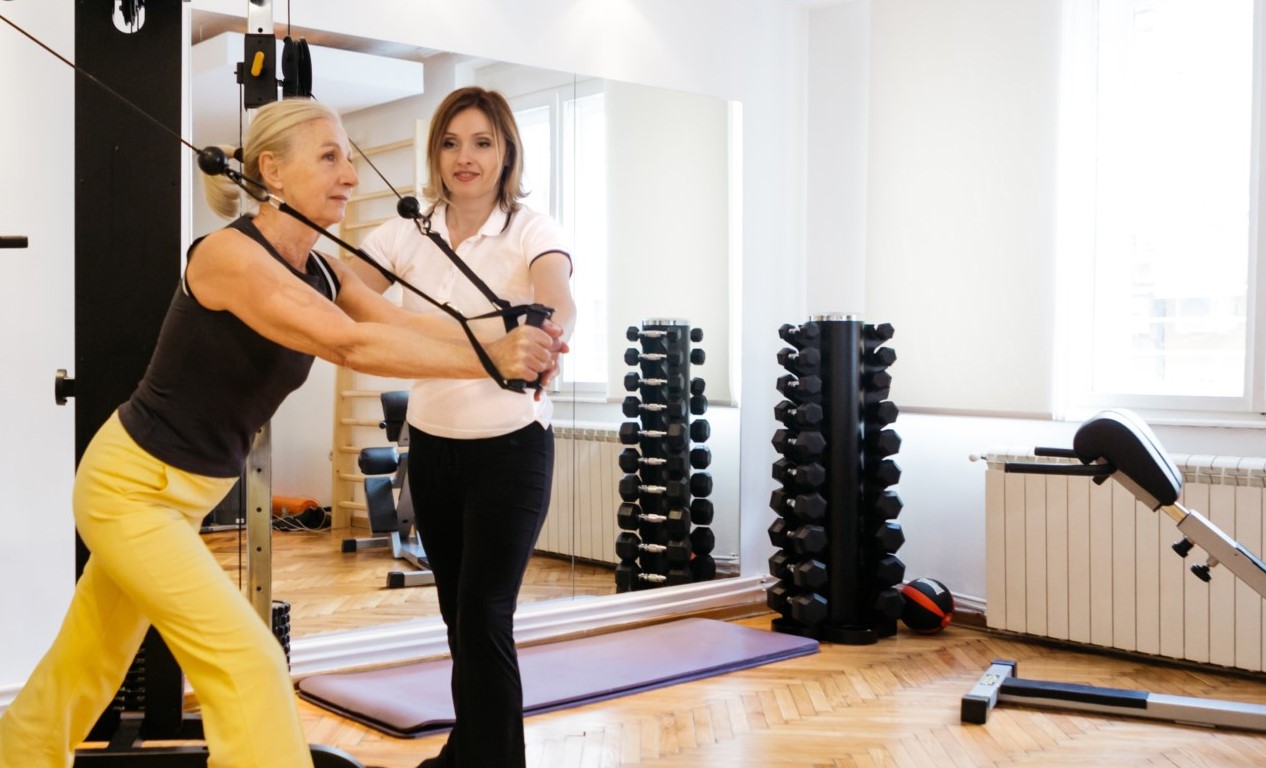
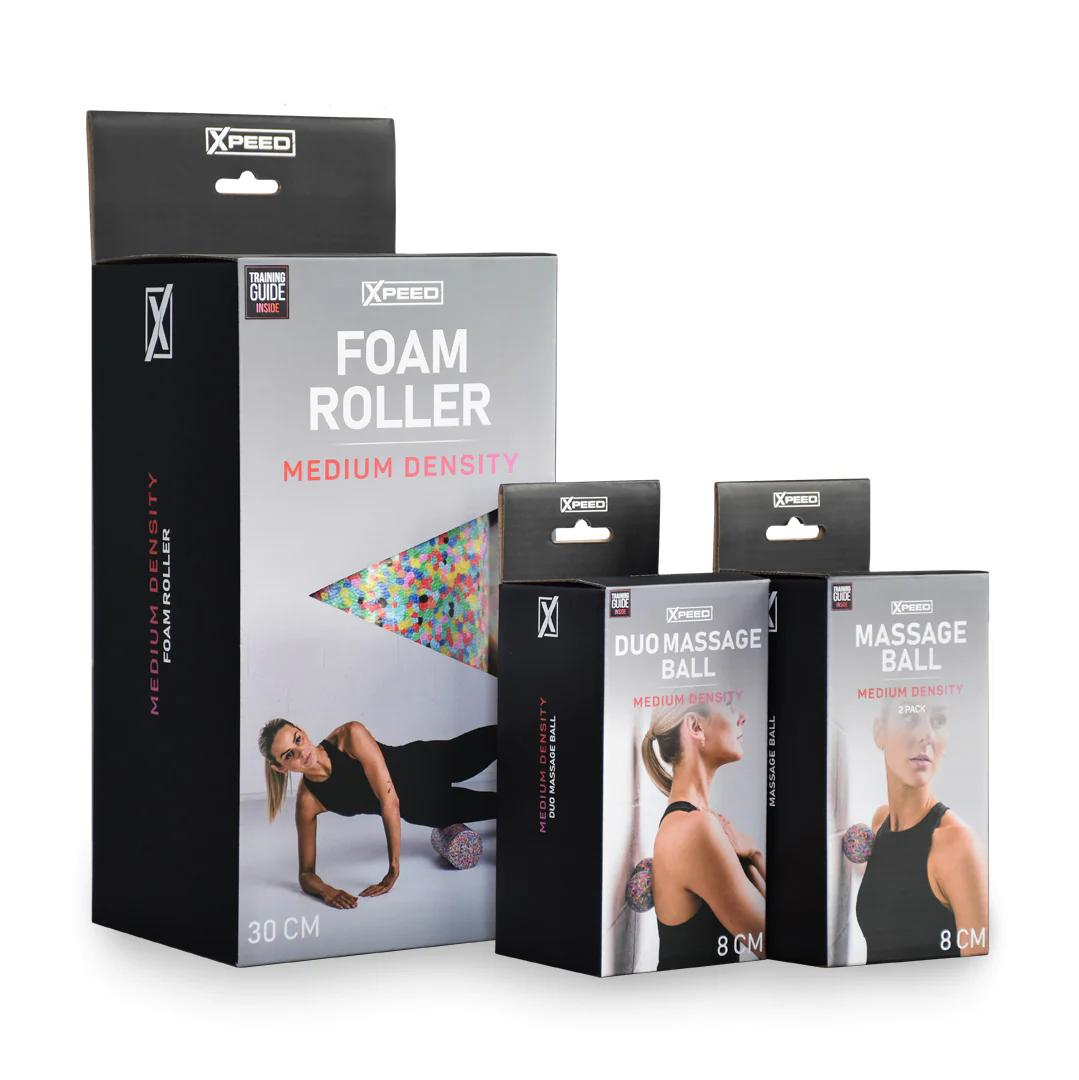
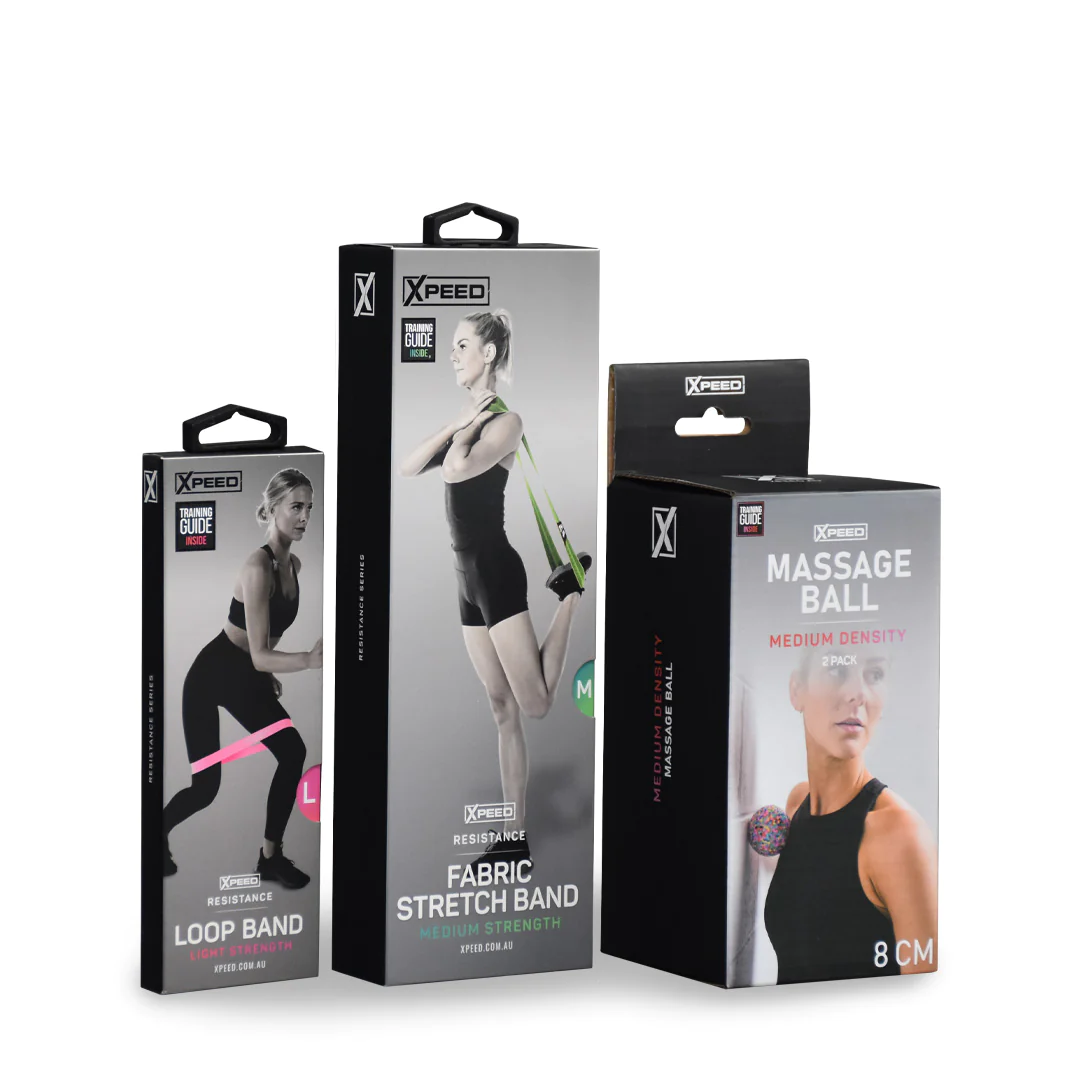
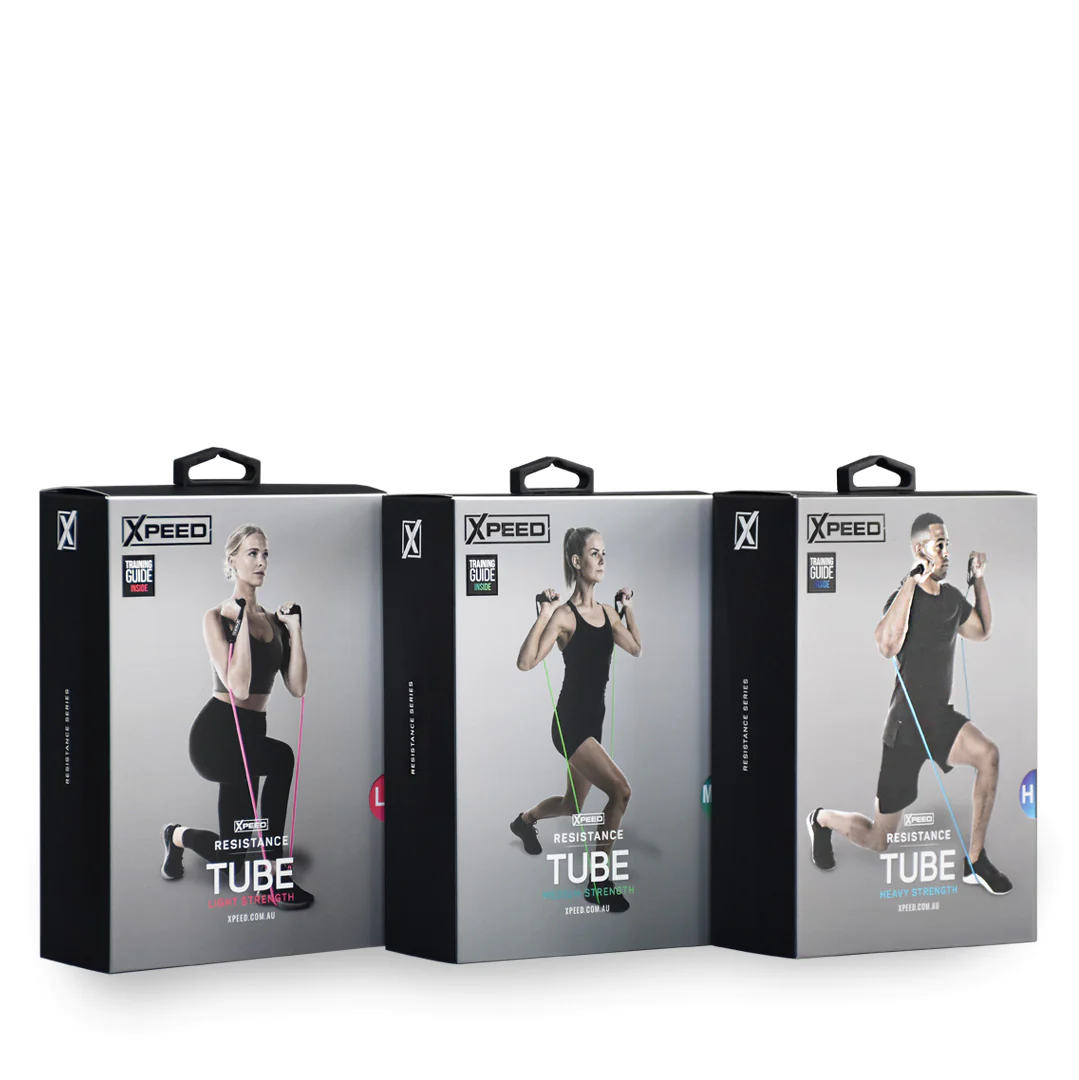
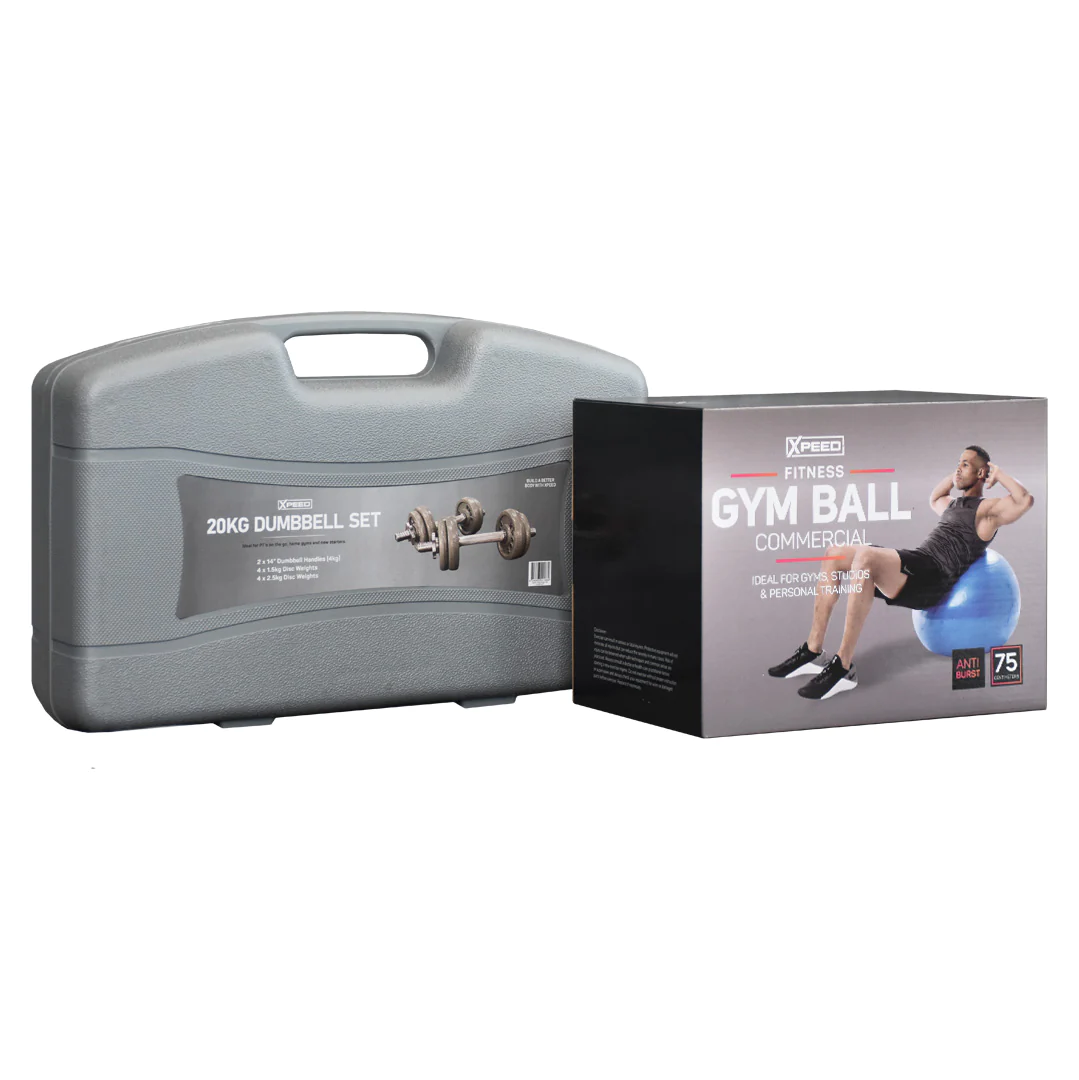
0 Comments